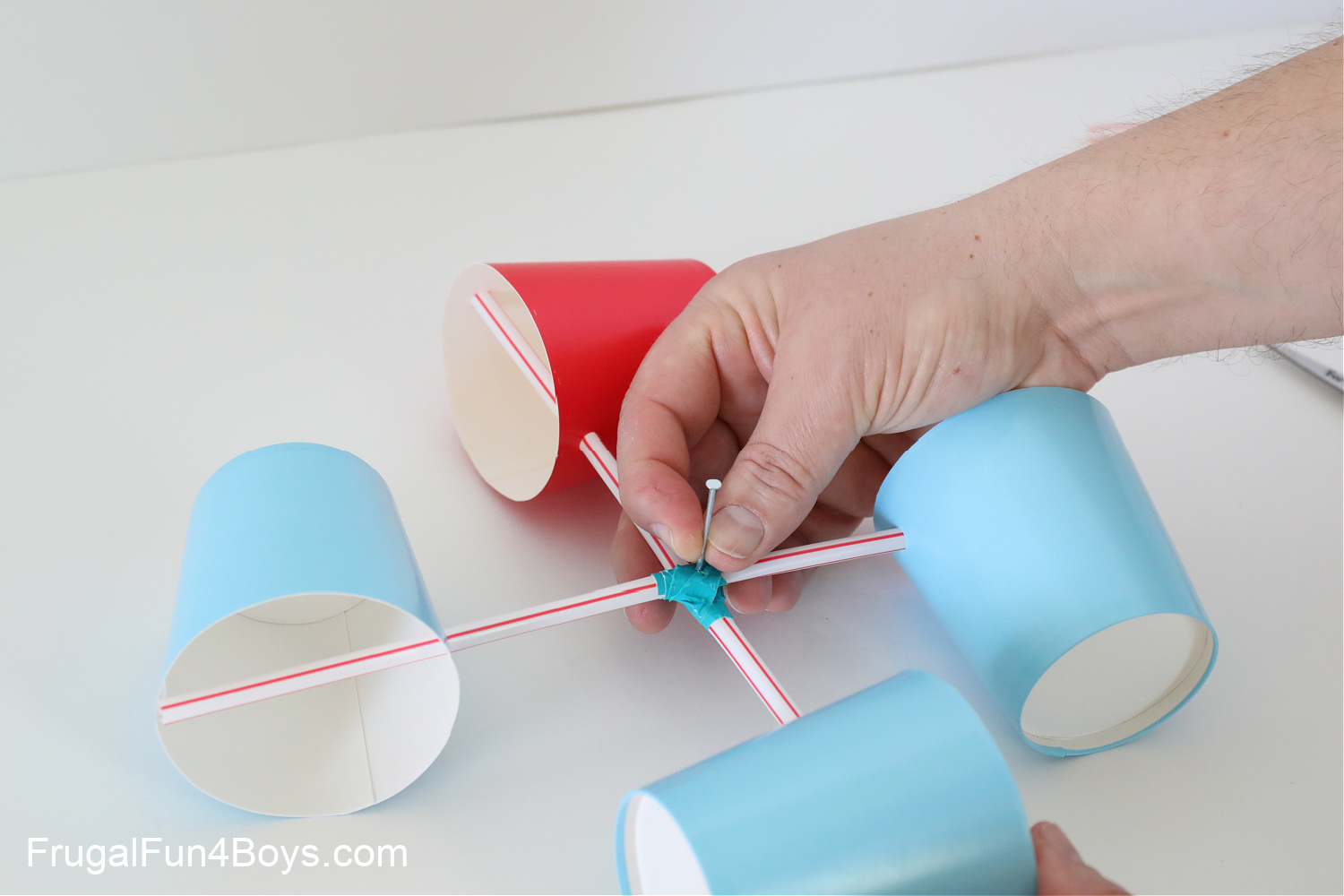Contrasting Digital and Mechanical Anemometers: Which is Right for You?
Contrasting Digital and Mechanical Anemometers: Which is Right for You?
Blog Article
All You Need to Understand About Anemometers: Just How They Function, Why They Matter, and Where to Make use of Them
Anemometers, however commonly forgotten in the realm of clinical instruments, play an important role in numerous fields, using important understandings into wind speed and air movement patterns. Comprehending the mechanics behind these gadgets is important for anyone seeking to harness the power of this information. From meteorologists tracking weather condition patterns to designers developing frameworks with wind loads in mind, the applications of anemometers are varied and far-ranging. As we explore the intricacies of anemometer technology, we will certainly reveal the internal operations of these gadgets, their significance, and the crucial considerations when choosing the appropriate anemometer for particular applications.

Anemometer Essentials
A crucial instrument utilized to determine wind rate and instructions, the anemometer plays a vital role in weather forecasting and various industries. An anemometer typically is composed of three or 4 mugs that rotate in the wind, a vane that points right into the wind, and sensing units to track the motions or turnings.
There are different sorts of anemometers readily available, including mug anemometers, vane anemometers, hot-wire anemometers, and sonic anemometers, each with its distinct attributes and applications. Cup anemometers are generally utilized for standard wind speed measurements, while vane anemometers are favored for directional measurements. Hot-wire anemometers appropriate for low airspeeds, and sonic anemometers are excellent for high-precision measurements in study and industrial settings. Recognizing the basics of anemometers is necessary for accurate wind information collection and evaluation across various sectors.
Principles of Anemometer Operation
Structure on the fundamental understanding of anemometer fundamentals, the concepts of anemometer procedure illuminate the auto mechanics behind wind rate and direction dimensions. Anemometers operate the principle of air flow affecting a sensor, causing it to turn. Mug anemometers, as an example, have 3 or even more mugs that record the wind, causing them to spin faster as the wind speed increases. The rotation speed is then exchanged a wind rate dimension. Vane anemometers, on the various other hand, make use of a tail or a probe that straightens itself with the wind instructions, giving a measurement of wind instructions based upon the positioning of the sensor. Hot-wire anemometers depend on a heated cable that cools down as wind passes over it, with the rate of cooling down determining the wind rate. Ultrasonic anemometers measure wind rate and instructions by examining the moment it takes for ultrasonic signals to travel between transducers. Recognizing these concepts is critical for exact and trustworthy wind measurements in various applications.
Significance of Anemometers
The relevance of anemometers in weather forecasting and different industries can not be overemphasized. Anemometers play an important function in determining wind speed and instructions, supplying necessary data for weather forecasting, environment studies, ecological monitoring, and aeronautics operations. Meteorologists count on anemometers to gather exact wind data, aiding them understand climate article source patterns, predict tornados, and issue timely cautions to the public. In markets such as construction, agriculture, eco-friendly energy, and maritime procedures, anemometers are used to enhance procedures, ensure safety and security, and increase effectiveness. For instance, wind farm operators make use of anemometers to assess wind conditions and take full advantage of electricity manufacturing from wind generators. In the maritime field, anemometers help ship navigation by supplying real-time wind information to captains, aiding them make notified choices to guarantee safe trips. In general, anemometers are crucial tools that contribute considerably to safety, performance, and educated decision-making in meteorology and a wide variety of markets.
Applications Throughout Numerous Industries
In the sustainable energy industry, anemometers play a critical duty in assessing wind problems for wind farm placements, ensuring ideal energy manufacturing. Industries like building and construction and mining utilize anemometers to keep an eye on wind rates, essential for safety and security protocols, especially when functioning at elevations or click this in open-pit mines where solid winds can posture risks. In farming, anemometers assist farmers in taking care of plant splashing by supplying real-time information on wind speed to stay clear of drift.

Choosing the Right Anemometer for Your Requirements
For basic purposes, a cup anemometer is ideal for gauging wind rate, while a vane anemometer offers wind instructions data. Hot-wire anemometers are ideal for low airspeed measurements, and ultrasonic anemometers provide high accuracy and resilience.

Conclusion
In verdict, anemometers play an essential function in gauging wind speed and instructions throughout various markets. It is vital to consider the significance of anemometers in order to make enlightened choices when selecting the most ideal tool for determining wind conditions.
There are numerous types of anemometers readily available, including cup anemometers, vane anemometers, hot-wire anemometers, and sonic anemometers, each with its one-of-a-kind features and applications. Cup anemometers are typically utilized for standard wind speed dimensions, while vane anemometers are preferred for directional measurements. Hot-wire anemometers are suitable for low Learn More Here airspeeds, and sonic anemometers are suitable for high-precision dimensions in study and industrial settings.Building on the foundational understanding of anemometer basics, the principles of anemometer operation elucidate the auto mechanics behind wind speed and direction measurements. For general functions, a cup anemometer is appropriate for determining wind speed, while a vane anemometer offers wind direction data.
Report this page